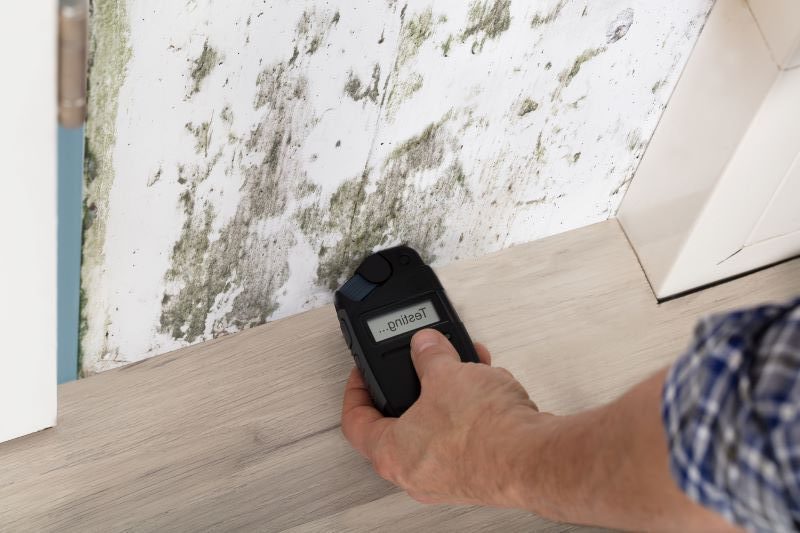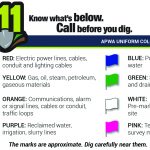
Industrial Hygiene- Mold Contamination
High Moisture Leads to Mold Growth in Any Season
Wet conditions in the summer months, combined with high humidity raise health and safety concerns for those who own and/or occupy both commercial and residential properties affected by water intrusion.
In fact, wet weather conditions year-round help facilitate mold growth. One of the big issues facing building owners and the construction industry is the presence of moisture and the ensuing contamination of building materials caused by mold growth.
What is Mold and How Does It Grow?
Molds are fungi of varying type which grow in the form of multicellular filaments called hyphae. After forming, these hyphae then multiply to form colonies that grow in size on affected building materials. Mold spores are generated by the colony, which can then travel and settle throughout buildings via HVAC systems, outside air, humans, or pet contact. Mold spores may then attach themselves to other food sources in the new area, and the cycle continues.
Mold Can Impact Your Health
Exposure to damp and moldy environments may cause a variety of health effects. Some people are especially sensitive to molds. For young children and the elderly, exposure to molds can lead to symptoms such as a stuffy nose, wheezing, red or itchy eyes, and skin rashes. Individuals such as those with allergies or with asthma may have more intense reactions. Severe reactions may include fever and shortness of breath.
Visible mold growth can be seen where water damage has occurred in a building, and it can be found in any of the following locations:
- Attics
- Bathrooms
- Laundry Rooms
- (HVAC) Heating and Air Systems (can transport mold contamination throughout a building)
- Water Heater Rooms
- Around Doors and Windows
- Kitchens
- Basements
- Crawl Spaces
- Garages
- Behind Ceiling Tiles
- Under Carpets
In fact, moist areas inside or around a structure can harbor, and promote the growth of mold. Unfortunately, mold growth in areas not commonly visible can cause the most damage, as these affected areas go unchecked until it is too late to repair the damage without having to replace the existing material(s).
Mold Hazards in Construction
In the past few years, mold growth has become an issue of increasing concern during new construction with regard to building materials exposed to wet weather on the job site. Installed materials such as wood, sheetrock, and ceiling tiles have the potential to contain mold.
The potential for mold growing behind newly installed framing and drywall still wet at the time of installation then becomes an issue of liability for the builder, and a real problem for the property owner. Condensation leaks in HVAC and plumbing systems caused by faulty or improper installation also contribute to mold growth.
Before mold becomes a problem in your home, business, or job site, contact the professionals at CCI to assist you in assessing, evaluating, and developing a pathway for the successful resolution of mold issue(s) you may currently be experiencing.
Contact us for more information.
For more information on all of our Industrial Hygiene Services.



